One of the most famous quarters of Paris is the Marais district. This is not what Paris is initially associated with: there is neither the Eiffel Tower, nor the Louvre, nor other popular sights, but at the same time there is no noise nor crowds of tourists. There are many museums, old mansions and churches. This is a great place for slow walks in the historic district of the city.
Welcome to the Marais tour! Look at it from the inside through the eyes of the Parisians and fall in love.
The beginning of the route
To find yourself immediately in the heart of the Marais, take the metro and get to Saint-Paul station (line 1). You also can start this walk from the Pont Marie station, if you prefer line 7, or from Place de la Bastille, if you are on line 5, get off at Bréquet Sabin.
» READ MORE – Detailed instructions for the Paris metro
Eglise Saint-Paul Saint-Louis
Address
99 Rue St. Antoine, Paris, France
Official website: spsl.fr
Opening hours
The church is open daily from 8 a.m. to 8 p.m. For a more detailed schedule of services, visit the website spsl.fr
Tickets
Admission to the church is free, and you can get the guided tour here.
From the first steps along the Marais, you immediately find yourself, if not in antiquity, then in deep ancientry for sure. This lovely church with a red door was built in 1641. It was built by the Jesuits according to Italian traditions.
You can go inside completely free of charge if there is no service and you are appropriately dressed. Inside you can find something interesting. For example, to the left of the altar there is a painting by Eugene Delacroix «Christ in agony on the Mount of Olives», which he painted specifically for this church. Actually, this is a reproduction, the original is in a museum in New York.
But to the right of the nave, on one of the columns, look for the phrase «République française ou la mort» («French Republic or death») scratched on marble. This work by an unknown artist dates from the time of the Paris Commune (1871).
» READ MORE – Olympic games 2024 in Paris
Hôtel de Béthune-Sully
Address
62 rue Saint-Antoine, Paris, France.
Official website: hotel-de-sully.fr
Tickets
You can visit the mansion inside with a guided tour (groups of 16 people maximum).
Prices:
Full price: €12 per person
7–18s and specific publics: €6 per person
Group: €190
Booking required on 01 44 54 19 30
This mansion is almost the same age as the church of Saint-Paul-Saint-Louis, it was designed at the beginning of the seventeenth century. Hôtel de Bethune-Sully is a three-story building with a twist, the central part is decorated with sculptures symbolizing the seasons.
It is interesting that the figures of spring and summer are located on the main facade, and autumn and winter are on the wall of the courtyard. The features of this mansion did not end there. It is also decorated with figures symbolizing the elements: water, earth, air and fire.
It is interesting to visit the mansion inside, but only partially, only some rooms are available for visiting. You have access to a photo exhibition on social, historical and anthropological topics, the library of the Center for the Protection of Monuments (manuscripts and rare books are stored here) and some other premises.
Pierre Beaumarchais Мonument
Address
8 Rue Saint-Antoine, Paris, France.
The thoughtful bronze man at the crossroads of Saint-Antoine and Tournelle streets is no other than the famous French playwright, musician, publicist and inventor Pierre Beaumarchais. If you still do not understand who this is and why you need to see him, then we can explain: Pierre Beaumarchais is the author of the famous comedies The Barber of Seville and The Marriage of Figaro.!
We are sure that now you definitely cannot pass by and not greet the monument to the writer!
La place de la Bastille
Address
Pl. de la Bastille, Paris, France
Tickets
You can take a guided tour on foot or by bicycle.
A little more along Saint-Antoine street and you will see the famous Place de la Bastille. This is the same place where the Bastille fortress and prison stood. You will not find a single stone from the building itself. So strong was the hatred of the people.
There were so many famous and unknown Frenchmen in it, and even a mysterious prisoner under the nickname «Iron Mask» languished here in the dungeons. And Voltaire himself visited the casemates 2 times, even though with a difference of 10 years.
The middle of the square is decorated with the July Column, which is located at the intersection of more than 10 streets and boulevards!
Colonne de Juillet
The giant column is the heart of Place de la Bastille. This monument is made of bronze and stands on a marble base, and the «Genius of Freedom» adorns the top. The statue is made in the form of a winged man, freed from iron shackles, with a torch in his hand.
The monument was erected in honor of the July Revolution of 1830. This place is a symbol of liberalism and a tribute to the French revolutionaries.
Place des Vosges
Address
Pl. des Vosges, Paris, France.
Tickets
You can take a guided tour here.
The next stop is the Place des Vosges. A peaceful place with fountains and a sculpture of Louis XIII in the center was chosen by the French. A great place to relax and enjoy the fountains and the shade of the trees.
While you are relaxing, take a look around, all the houses along the perimeter of the square are historical monuments! Victor Hugo lived in one of them and every day he looked at this square through the window.
Pay attention to two cafes, «Ma Bourgogne» and «Victor Hugo». The second is located right in the house where the famous writer lived!
» READ MORE – The 10 best cafes in Paris to relax with a coffee
Maison de Victor Hugo
Address
6 Pl. des Vosges, Paris, France
Official website: maisonsvictorhugo.paris.fr
Opening hours
Open Tuesdays to Sundays between 10 a.m. and 6 p.m.
Tickets
The permanent collections are free for everyone. And you can take a guided tour at this link.
House number 6 on Place des Vosges, Paris, France, this is how Victor Hugo wrote his address on postal envelopes. He wrote his most famous creation, Les Misérables, exactly in this house.
You can even enter the apartments for free and learn how the famous writer lived. Or you can pay 6–8 euros and visit the museum, which already occupies the 2nd and 3rd floors.
Working hours: 10 a.m.–6 p.m., Monday is a day off.
The Garden of «Hotel de Bethune-Sully»
Address
Official website: hotel-de-sully.fr
Opening hours
The courtyard and garden are open to the public between 9 a.m. and 7 p.m.
Tickets
Admission to cross the courtyard and the garden is free.
The courtyard and the inner garden of the Bethune-Sully mansion are always open to visitors from 9am to 7pm, which cannot be said about the mansion itself.
This place is a real hiding place. The garden is surrounded by stone buildings on all sides. It’s always quiet and cozy here!
Address
Official website: carnavalet.paris.fr
Opening hours
The museum is open from 10 a.m. to 6 p.m. from Tuesday to Sunday.
Tickets
The permanent collections are free of charge and can be accessed without booking. And you can find a guided tour here.
Finally, we rested on the Royal Square and saw all its sights. The next point is the Carnavalet Museum is the most «French» museum in Paris. Make sure to visit this museum. It is dedicated to Paris and only Paris. The whole history of the capital of France and all its secrets are here in the exhibits of the museum. Would you like to see the Bastille? Everything that remains can be found here: keys, handcuffs and models of guillotines from the French Revolution.
» READ MORE – The Carnavalet Museum in Paris
L’hôtel Le Peletier de Saint-Fargeau Mansion
Today, this former mansion, built in 1690, is a part of the Museum of the History of Paris, but it is an interesting historical monument itself. It differs from the main building of the Museum of the History of Paris in a more austere style.
But its main feature is a large staircase with a beautifully carved cast iron support bar. This did not appear anywhere before the 19th century!
Picasso museum
Address
Official website: museepicassoparis.fr
Opening hours
From Tuesday to Friday, the museum is open, from 10:30 a.m. to 6 p.m
On Saturdays and Sundays, the museum is open from 9:30 a.m. to 6 p.m.
Monday is a day off.
Tickets
The museum can be visited free of charge every first Sunday of the month, or any day for € 14
Low fare ticket costs € 11
for minors under 18 years old admission is free
The audio guide costs € 5
You can buy your full-day priority access ticket in advance at this link.
And you can book a guided tour to the museum.
The Picasso Museum occupies the entire Salé mansion (Hôtel Salé). It houses more than 2,000 works from all periods of Picasso’s work, his large personal collection of art objects, among which there are even African artifacts. There are more than 5,000 art objects in the museums.
The museum building itself is also worth your attention, the interior decoration and interior add modernity and originality to the old mansion. The museum is very popular, so it’s worth buying tickets in advance to avoid wasting time in queues.
» READ MORE – Paris museums you have to see
The «Merci» shop
Address
Official website: merci-merci.com
Opening hours
Merci shop is open:
Monday to Thursday 10:30 a.m.–7:30 p.m.
Friday and Saturday 10:30 a.m.–8 p.m.
Sunday 11 a.m.–7 p.m
In the narrow streets of Marais here and there you will come across shops and boutiques. Indulge in one of the most Parisian pleasures, which is shopping. And we will recommend to you one store where you can buy unusual souvenirs from Paris.
Merci is a designer department store that will captivate anyone. There are a number of reasons why you should come here: the incredibly stylish interior design, the almost complete absence of tourists, and a lot of cool and stylish things. Part of the store’s income goes to charity.
On three floors of the store you can find everything: designer furniture, clothes, home decor, stationery, children’s items, jewelry and books. And right in the shop you can find a cafe theater.
Take a few minutes of your time just to look into this store. Finding it is easy, the entrance to the store looks like a flower greenhouse, and a small red car is parked near the doors.
Here you can book a shopping tour in MaraisYvon Lambert Gallery
Address
Official website: yvon-lambert.com
Opening hours
Open Tuesday–Saturday 10 a.m.–7 p.m.
and Sunday 2 p.m.–7 p.m.
If you are a fan of modern art, make sure to check it out! This is not just an art gallery, here you can buy books on art, photography, literature, fashion magazines, T-shirts with an unusual design or shopping bags.
You can also see various exhibitions here.
Marche des Enfants Rouges (Red children’s market)
Address
Opening hours
The market is open:
from Tuesday to Saturday from 8:30 a.m. to 8:30 p.m.,
on Sunday from 8:30 a.m. to 5:00 p.m.
On monday market is closed.
The name of the market can bring strange thoughts into your mind. Who would think of naming a place «Red Children’s Market»? But it has its own history: there used to be an orphanage in this place, in which children wore red raincoats. Nothing criminal.
This is the oldest of the markets in Paris, which opened in the 17th century! There are very few tourists here and the incredible atmosphere of French markets with fresh seafood, vegetables, flowers and food from different parts of the world and so many more.
Hôtel de Retz
Address
Opening hours
Opening hours are from 10 a.m. to 7 p.m., except Sunday.
There is another building in front you, the building of the 17th century. However, in the 19th century it burned and was restored. Only the portal that separates the courtyard from the street remained intact.
This historic building now houses the Passage des Retz exhibition gallery, cafes and shops. You might wonder what’s on display there.
Hôtel de Rohan
Address
Opening hours
In summer it is open from 8 a.m. to 7 p.m., and in winter from 8 a.m. to 5 p.m.
Today this mansion is a part of the Museum of the National Archives of France. Authentic historical documents are stored here, such as the wills of King Louis XIV and Napoleon Bonaparte, the original constitution of France and many more interesting original documents. It also stores engravings, paintings, art objects, manuscripts belonging to three eras: rococo, neoclassicism and romanticism.
The construction itself, built in 1705, is famous for the sculpture «Sunny horses at a watering hole» above one of the entrances, and a large golden salon, a staircase and the famous Cabinet of monkeys are still preserved inside.
The mansion has a beautiful garden where you can rest for free while admiring the facade.
Hôtel Amelot de Bisseuil
Address
Opening hours
Now it is closed for renovations.
The majestic and beautiful mansion of the middle of the 17th century will soon be turned into a hotel. Now it is closed for renovations, but a posh hotel is about to open here with only 9 suites, expensive restaurants, a spa, and in general everything that is inherent in luxury hotels.
This is one of the best mansions in the Marais. Even without looking inside (anyways it is almost impossible to do now), you can enjoy the architecture of its outer part. Check out the statues of virtues on the façade from Rue Guillemette, from Rue Temple you will see a bas-relief of the famous architect (Thomas Regnodin decorated the Apollo Gallery in the Louvre) and fantastic carved wooden doors with the heads of the Gorgon Medusa.
In general, the Marais is a wonderful place to stay in Paris. You will enjoy picturesque streets away from noisy highways and it is very close to the center.
Book a hotel in the Marais quarter» READ MORE – Where to stay in Paris. A complete guide to all neighborhoods
Rue de Rosiers
The modern Roisiers street is very diverse and, according to many, has almost lost its single unique spirit of the Jewish quarter. Now here, side by side, there are Jewish establishments and fashion boutiques of famous brands. But on traditional Jewish holidays and the eve of Shabbat, you can catch public rituals and chants.
You will find various cafes of national cuisine, falafel (we recommend L’As du Fallafel), kosher bakeries, shops with creations of Israeli craftsmen, shops with religious items, souvenirs, bookstores and much more. Keep in mind that all truly Jewish places will take rest and stay closed on the Sabbath (Saturday).
» READ MORE – 10 affordable places to eat in Paris
Hôtel de Beauvais
Address
Great news! Another stunning 17th century mansion! Hotel Beauvais is one of the most striking architectural monuments of the 17th century in the historic quarter of Paris.
The first thing that catches your eye is the irregular complex shape of the building. But these are not the whims of architects, but forced originality. The mansion was built on a plot of irregular shape. This is how concave facades and a semicircular courtyard appeared.
As they say a bad carpenter blames his tools. And the architects of the Beauvais mansion were excellent. The carved front door, openwork forged balconies, columns and the whole building in general will not leave you indifferent, just as it did with contemporaries.
Now the building houses the Parisian court, but you can visit its interior during the Cultural Heritage Days or along with a monthly tour.
St-Gervais-St-Protais church
Address
13 Rue des Barres, Paris, France.
Official website: paris.fraternites-jerusalem.org
The Church of Saint-Gervais is one of the oldest churches on the right bank of the Seine. It was built at the end of the 15th century, but the facade was put up later, so connoisseurs may notice a mixture of two styles, late Gothic and early French classicism.
Not only the exterior is worthy of attention, but also the interior: one of the oldest Parisian organs stands here. To hear the magical sounds, you just need to get to the service, preferably a festive one.
Look around the square in front of the church and you will see a big elm tree. This tree has been here since the 10th century! It is closely monitored and taken care of as needed. In the Middle Ages, residents of the Marais quarter gathered under this tree and repaid their debts. Thus was born the Parisian proverb «wait for me under the elm», that is in your dreams.
Hôtel de Sens
Address
This is one of two civil buildings in Paris that have been preserved since the Middle Ages. The mansion was built in the late 15th century and was listed as a National Historic Landmark in 1862. Only this saved it from demolition and allowed us to admire the historic building today. And then in 1830 they were already shooting at it from a cannon, you can search for a cannonball on the facade.
Today, the mansion houses the Forney Library (Bibliothèque Forney), which is actually a whole museum. It contains artistic objects of architecture, sculptures, paintings, furniture, jewelry, stained glass windows, tapestries, ceramics and much more.
Of particular interest is the collection of postcards that contain more than a million copies of different periods of time on different topics!
Village St-Paul
Address
Opening hours
From 11 a.m. to 7 p.m., except Tuesdays.
This is not the village you think of. The village consists of several courtyards adjoining each other in the heart of the historic quarter. Now it is an art village with small art galleries, antique shops, trendy cafes and restaurants and, of course, designer showrooms.
In summer, some of the goods are put on the street and a special atmosphere of a flea market is created. If you like silence, no fuss and want to find interesting and extraordinary gifts, then you should definitely visit it.
You can wander here from 11am to 7pm, except Tuesdays.
» READ MORE – What to bring home from Paris: souvenirs, food and gifts
This concludes our walk. Relax in a café or visit the quirky Museum of Magic right here near the village of Saint-Paul, or further down Rue Saint-Paul, exit at Rue Rivoli to leave Marais by metro.
We hope you enjoy this wonderful area. Tell us about the trip later in the comments!

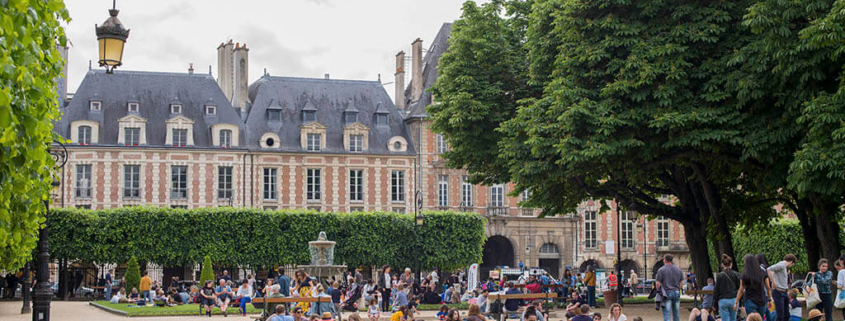


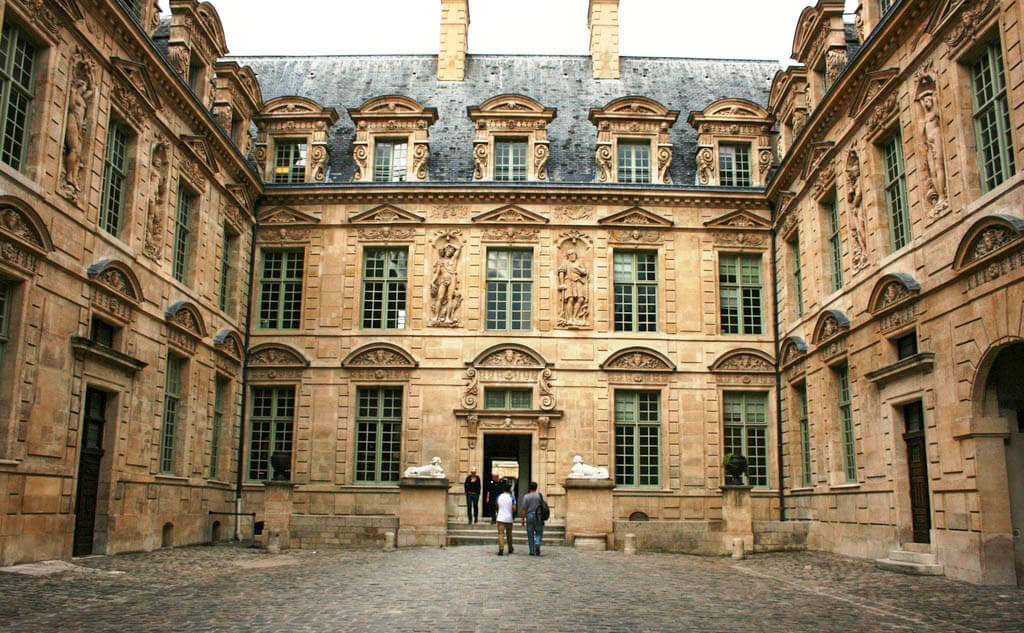
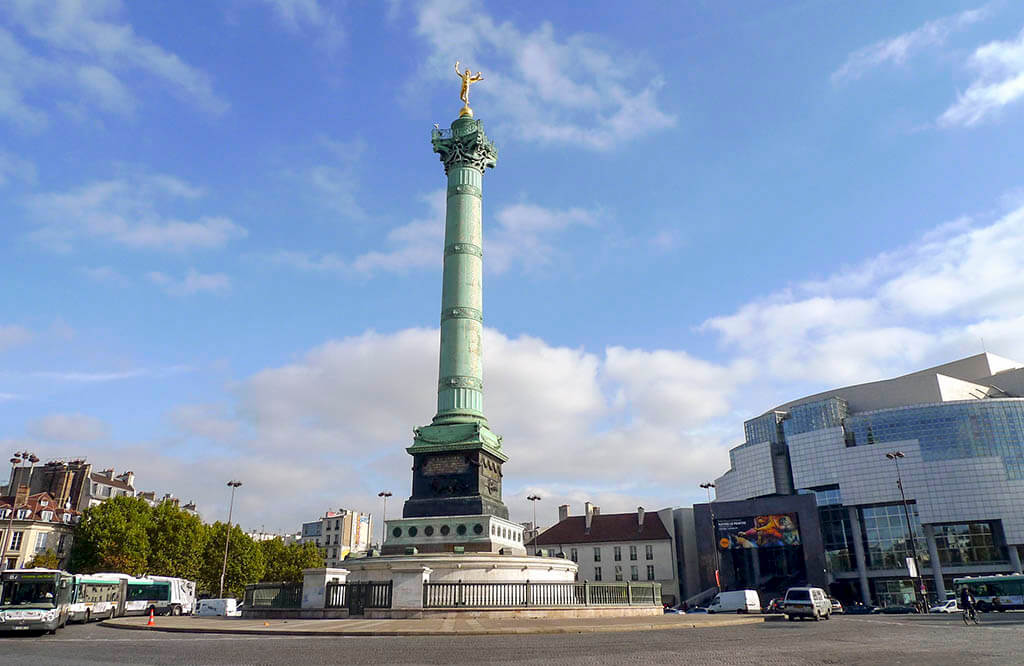
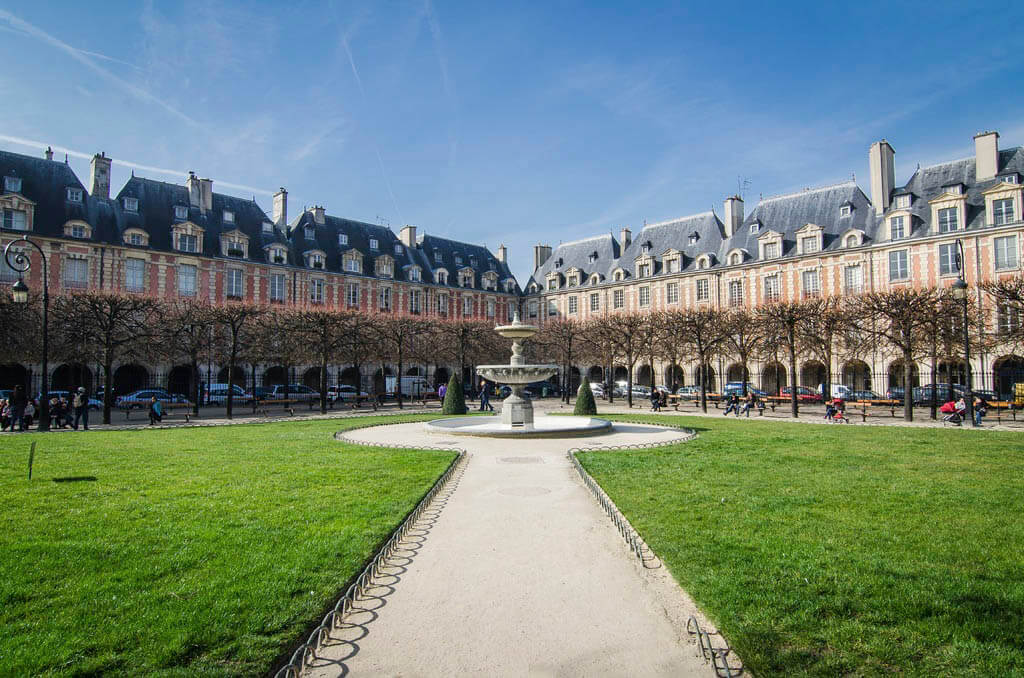
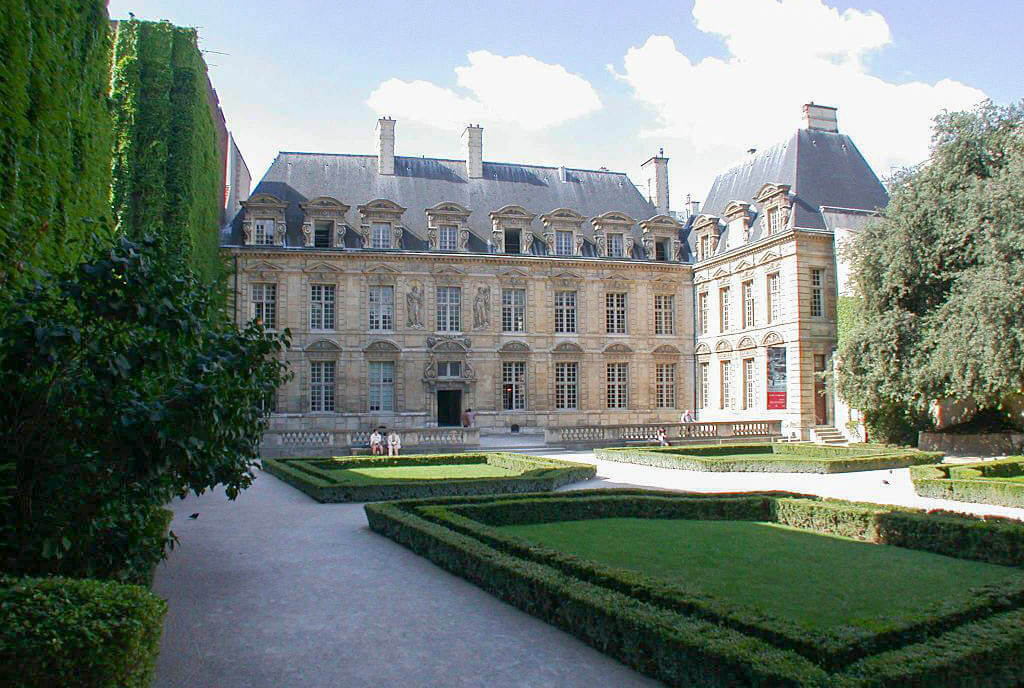
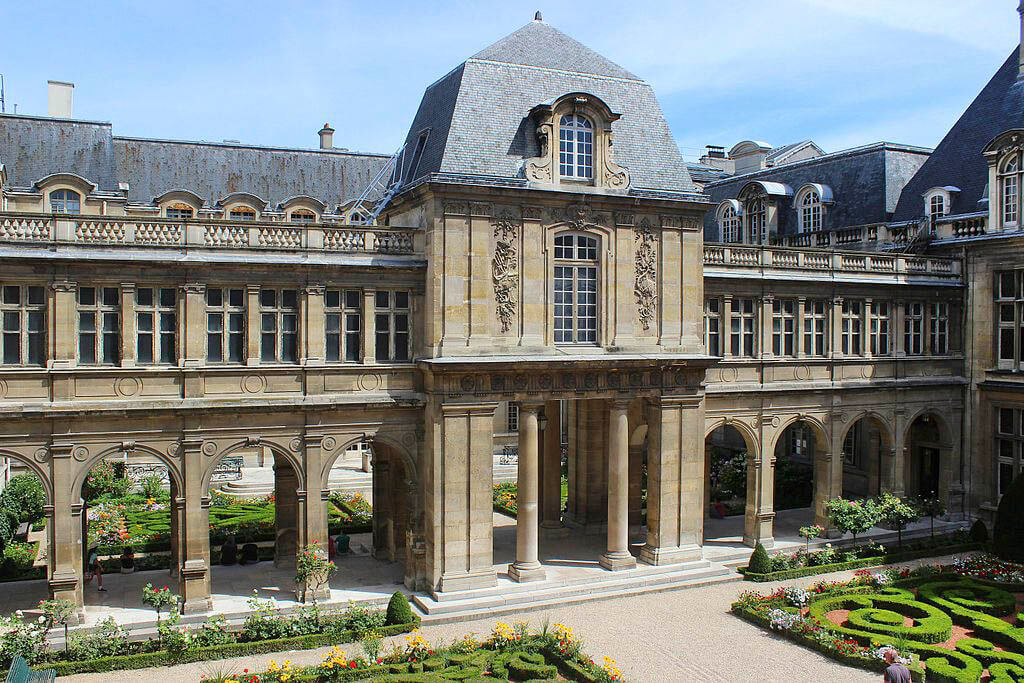
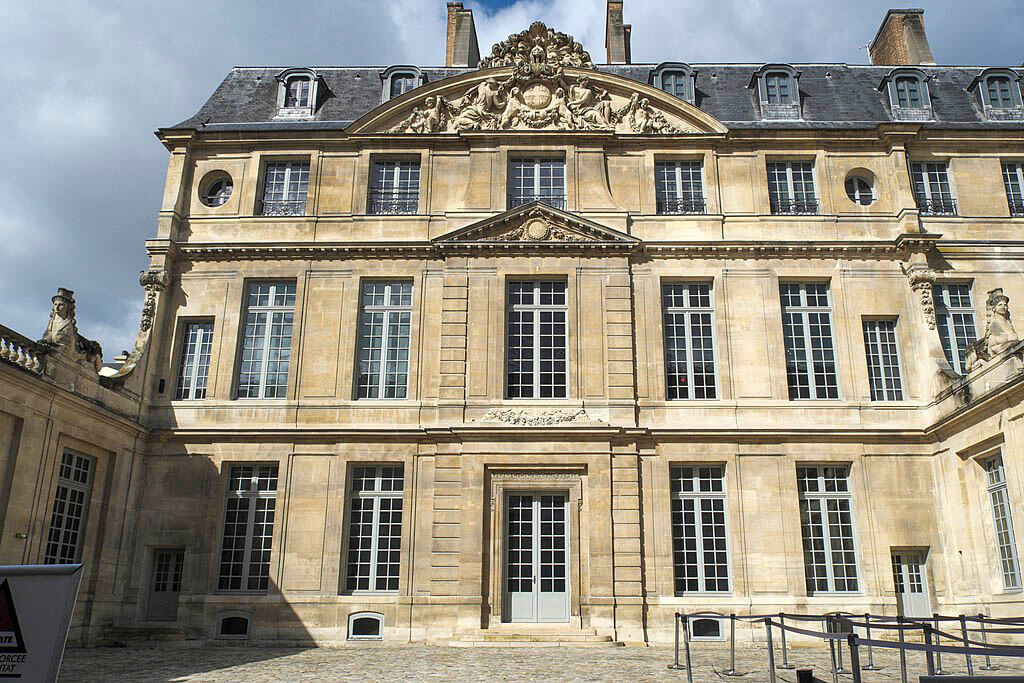
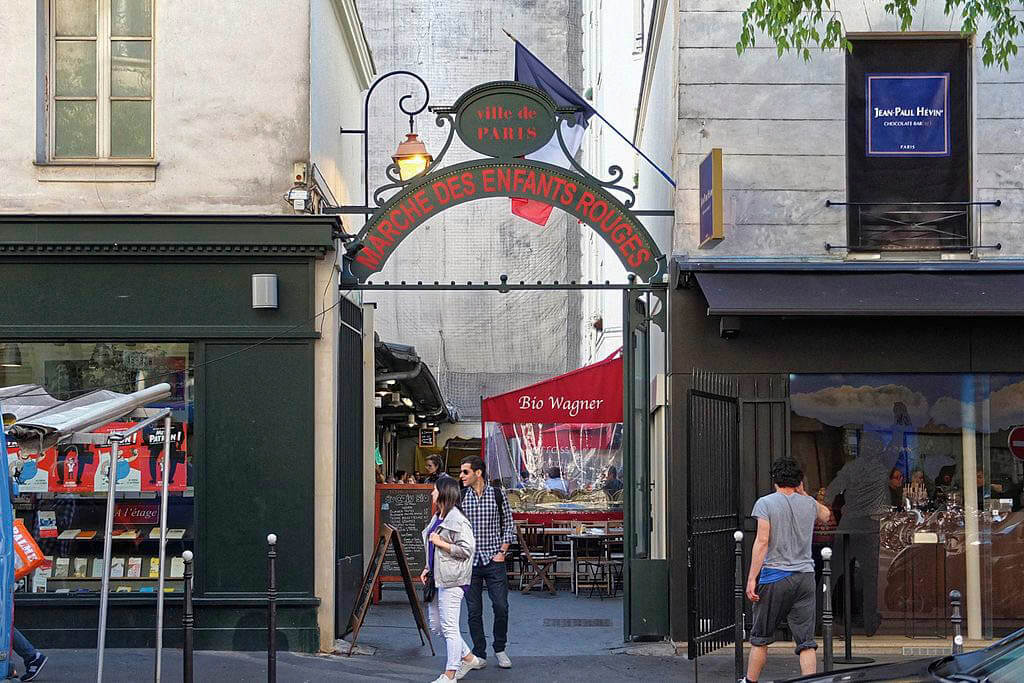
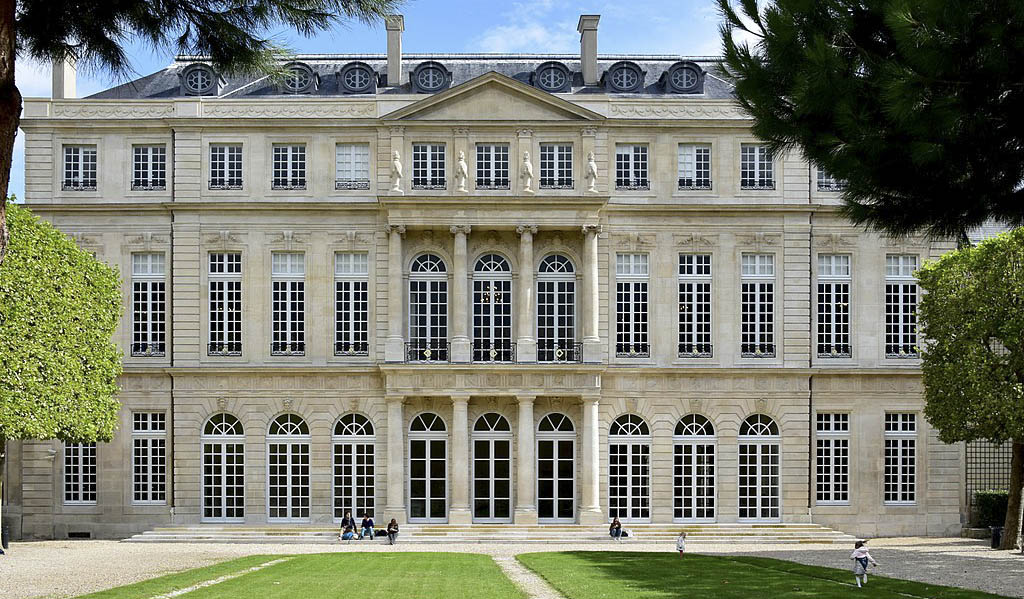
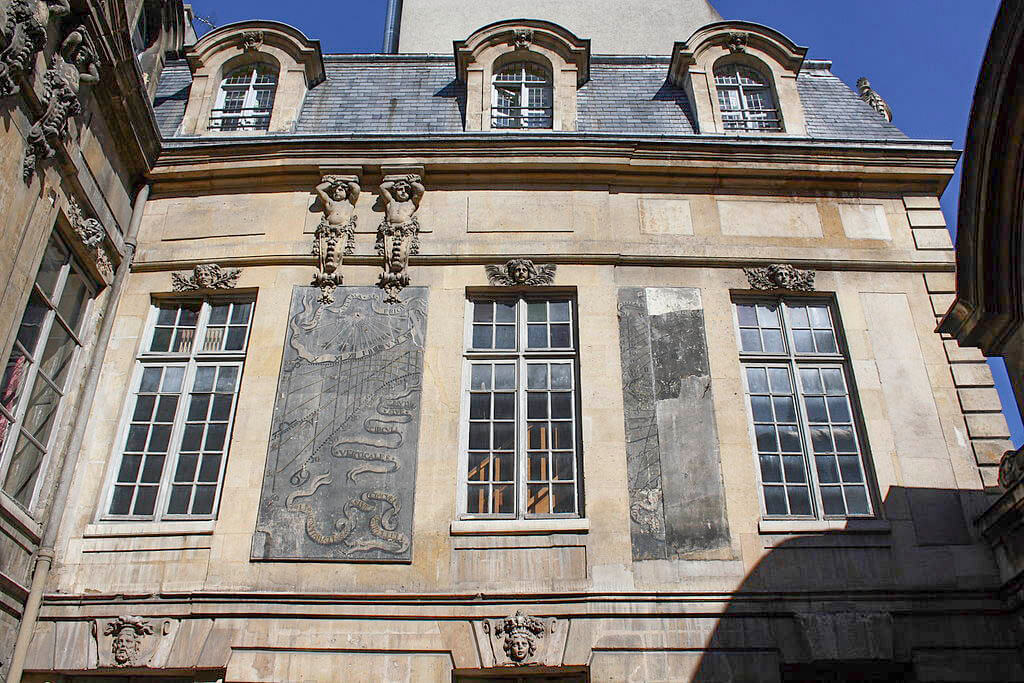
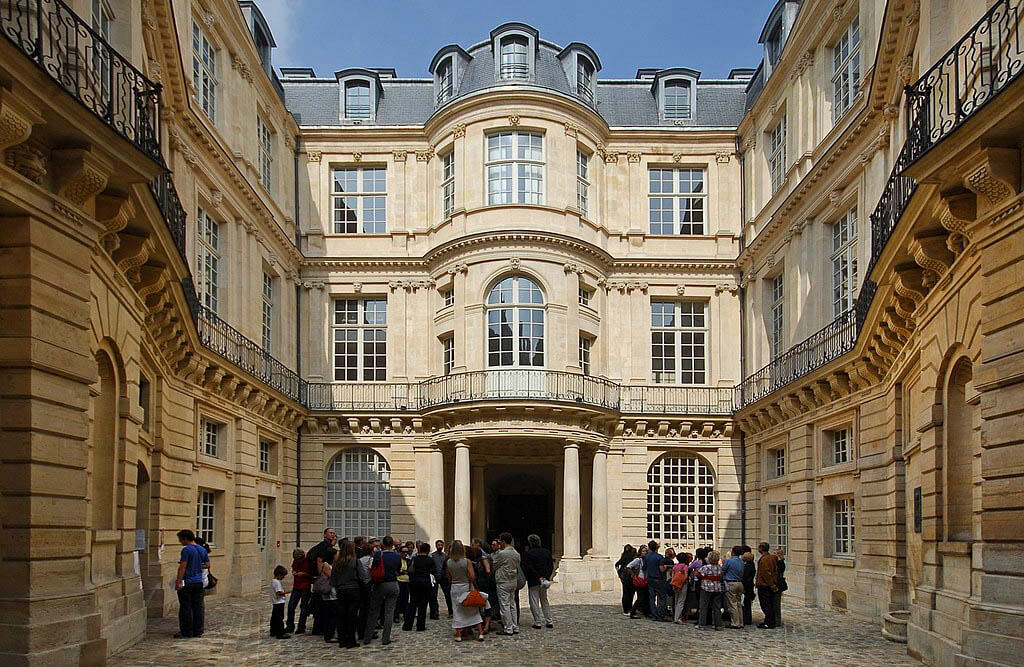
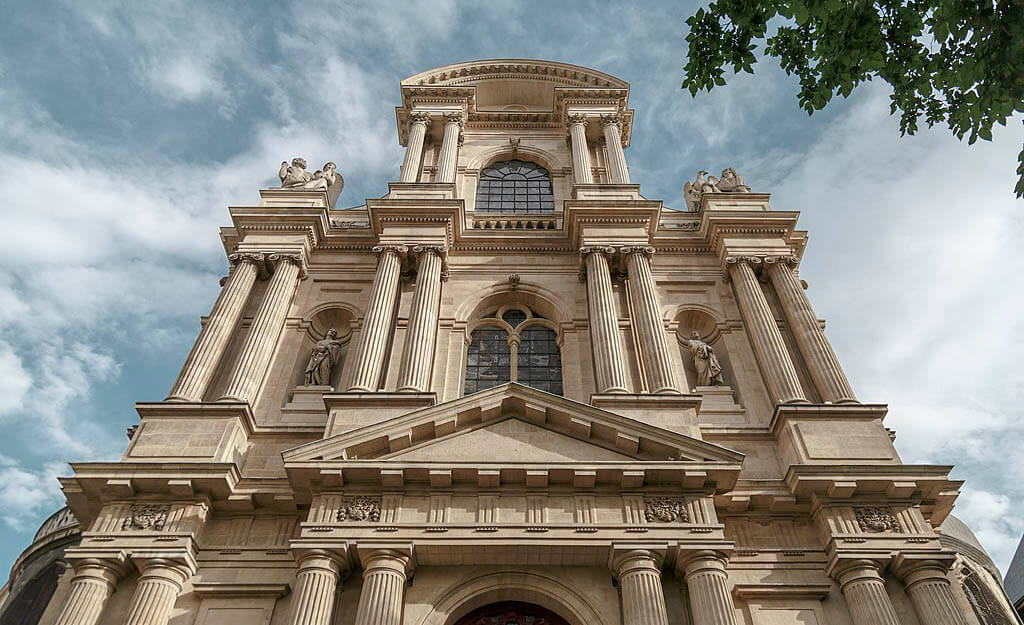
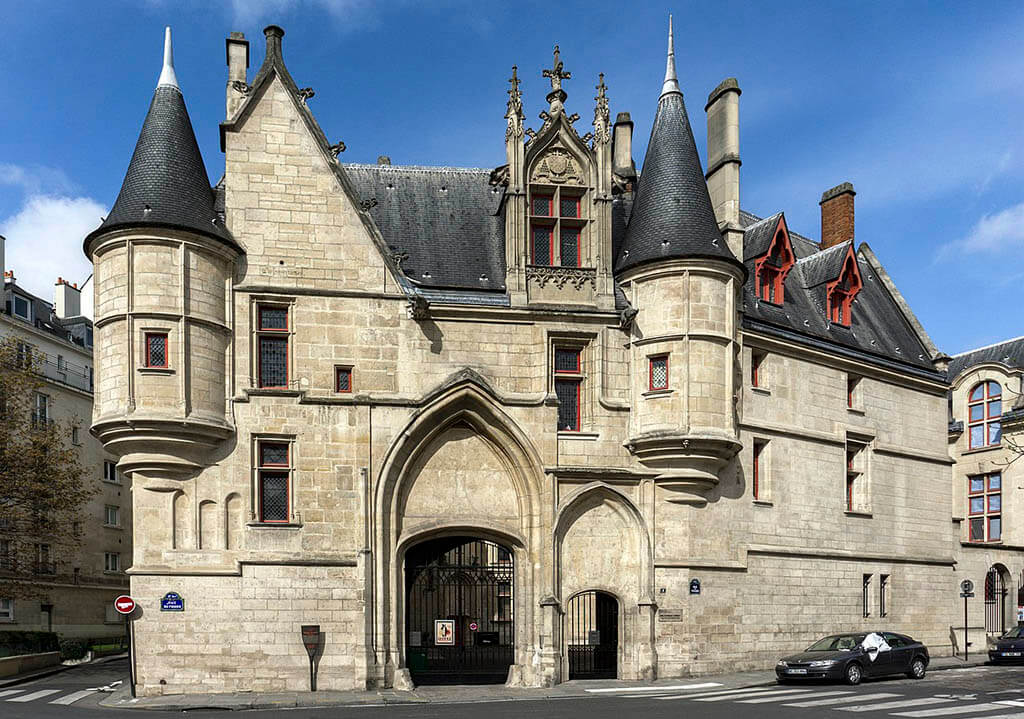
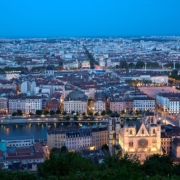
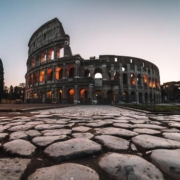
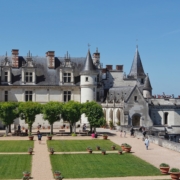 Stefan K. / Unsplash
Stefan K. / Unsplash 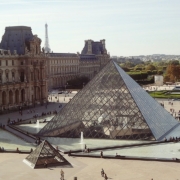
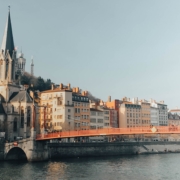
 Hans / Pixabay
Hans / Pixabay  Dimitry Anikin / unsplash.com
Dimitry Anikin / unsplash.com GAIMARD / pixabay.com
GAIMARD / pixabay.com
Leave a Reply
Want to join the discussion?Feel free to contribute!